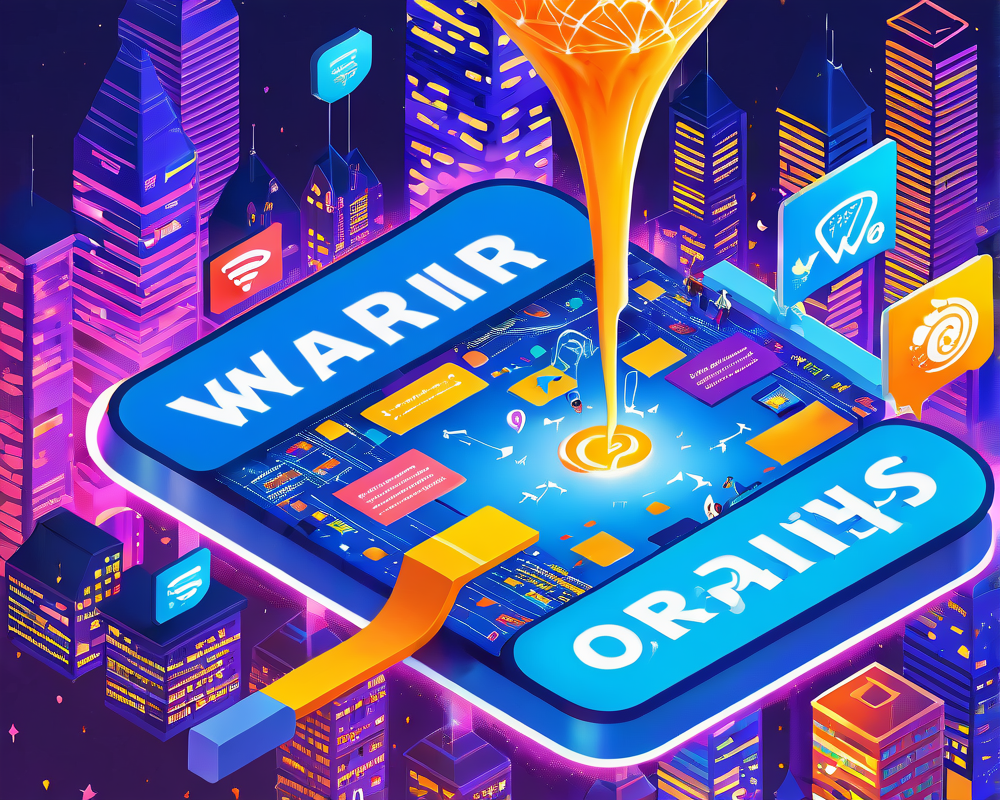The Wright Brothers of the Web3 Era
Just as the Wright brothers took their 12-second flight into the skies of possibility, Web3 is struggling to take off. Orville once said, “No flying machine will ever fly from New York to Paris,” and while that was a downer, it rallied the aviation industry to prove him wrong. Web3, however, needs a little push to get those engines truly humming.
What Holds Web3 Back?
Web3 is like a passenger in a cramped cabin on a transatlantic flight with only snack-sized peanuts. It offers thrilling potential but suffers from a host of issues keeping it grounded. Let’s unpack the turbulent conditions that need to change:
1. User Experience: A Puzzle with Missing Pieces
Ever tried using Web3? It’s often like trying to solve a Rubik’s Cube while riding a rollercoaster. The tech might be advanced, but your average user feels lost in a sea of acronyms and jargon. Terms like smart contracts and Chain ID abound, creating a user experience that’s, well, anything but user-friendly. Would you embark on a journey in a plane with instructions that read like a coding manual? Nope, and yet that’s how Web3 handles onboarding.
2. Development Experience: A Goose Chase
With a staggering 27 million developers in the pool, only 18,000 have taken the plunge into Web3. Why? It feels like trying to fix a flat tire while speeding down the highway. Developers face varying rules and platforms, making the task daunting. Rather than innovating, they’re barricading their code against potential security breaches. So, what could have been a smooth ride turns into a bumpy chase.
3. Infrastructure: A Centralized Cloud over Decentralization
It’s called Web3, but don’t let the name fool you; some parts remain firmly in the hands of central powers. The very infrastructure that should support decentralized applications often runs on centralized servers, creating a scenario where if one server hiccups, numerous applications crash. That’s not exactly the thrilling sky dive you signed up for.
Solutions that Fly High
Alright, we’ve listed the in-flight snacks. Now, how do we achieve a seamless, enjoyable flight experience? Here are some ideas brewing in the cockpit:
- Simplify Communication: Replace tech jargon with everyday language. Imagine every Wall Street trader trying to explain their expensive suits to a toddler.
- Revamp the Infrastructure: A more decentralized framework is key—one that can withstand outages and resist censorship. Time to scatter those eggs across more baskets!
- Give Developers a Better Flight Path: Streamline the development process with better tools and support. Look at how the gaming industry soared after user-friendly development environments like Unreal Engine hit the market. Developers would have more time to shift focus toward improving user experience.
The Future of Web3 Is in Our Hands
Piers Ridyard, CEO of Radix, believes in simplifying programming in Web3. With changes on the horizon, we can usher in a new era of development and user experience that might just match the thrill of that first flight in 1903. Let’s work together to take Web3 out of the hangar and into the sky—because the world deserves an experience that’s not just a tech show but an exhilarating flight into the future!




